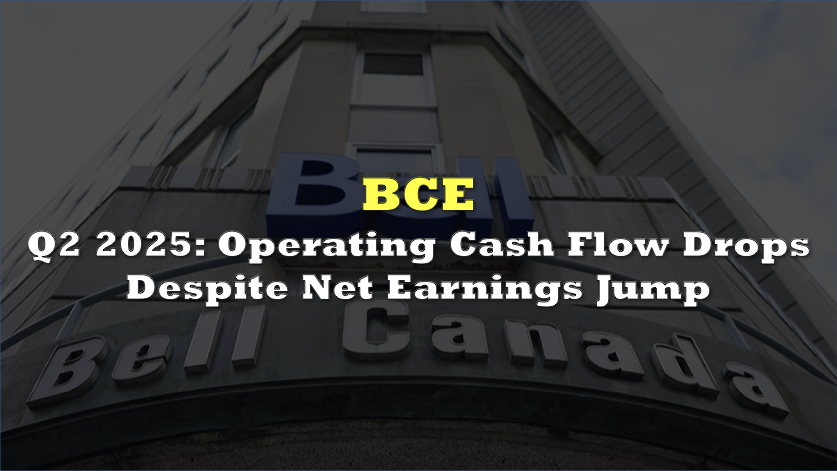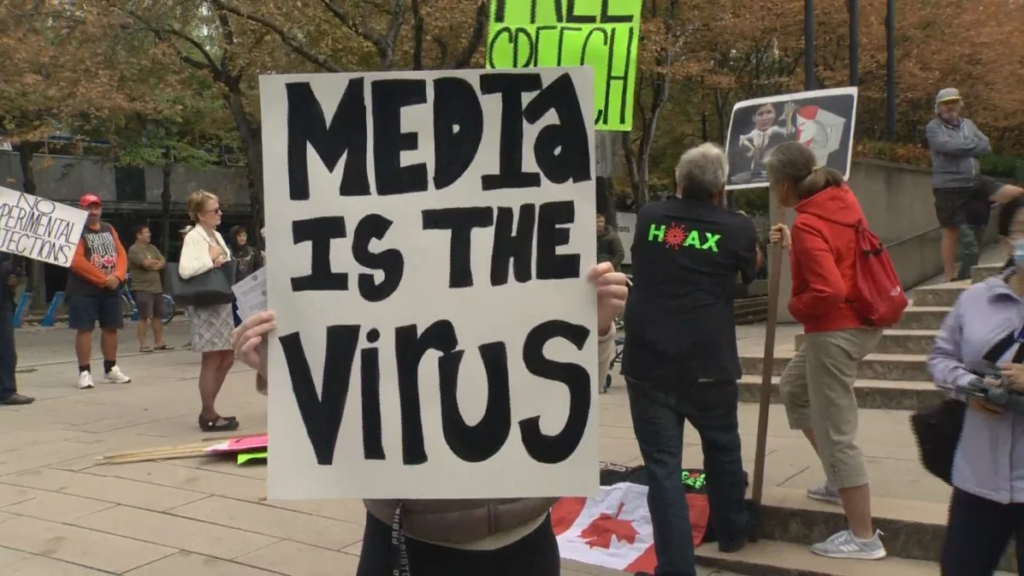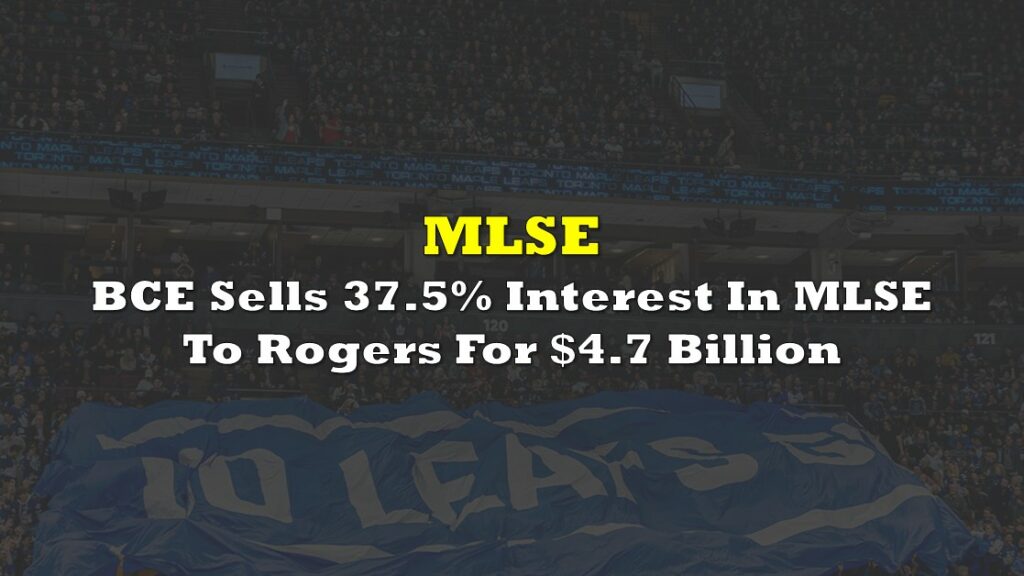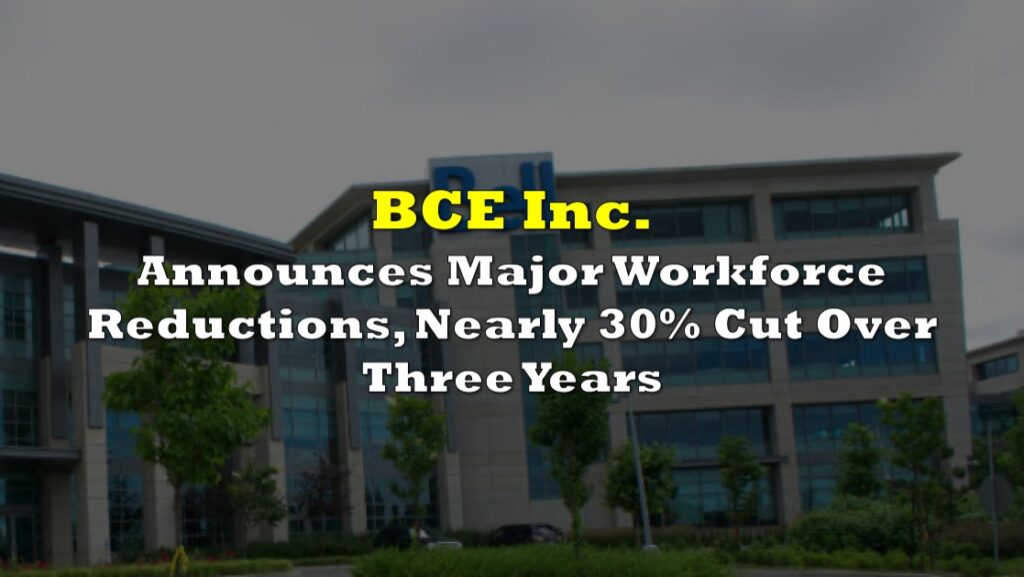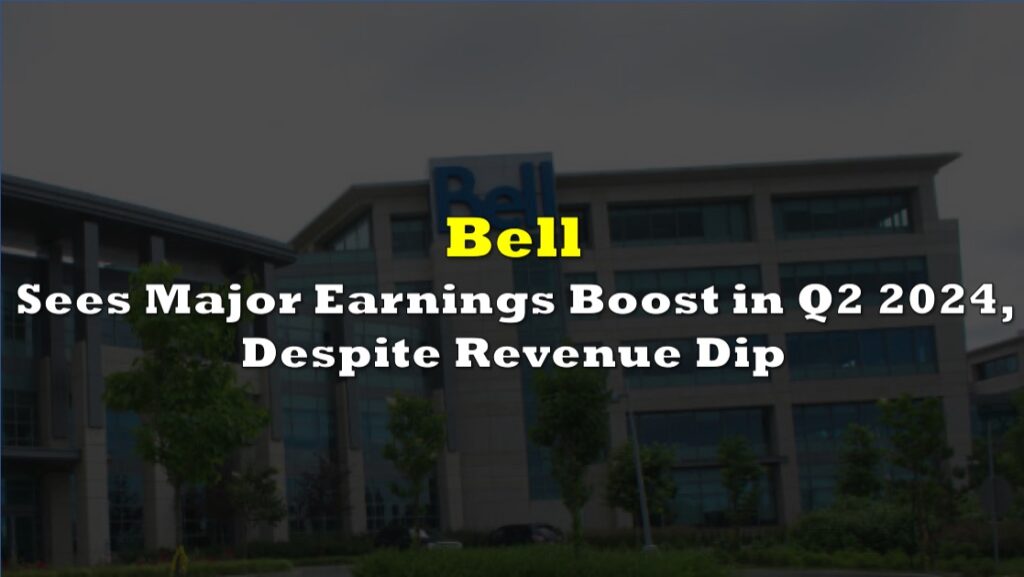BCE (TSX: BCE) reported its Q2 2025 financials, toplined by a 1.3% rise in operating revenue to $6.09 billion from last year’s $6.01 billion. The growth was driven largely by lower-margin hardware sales while service revenue—the engine of recurring cash—slipped 0.8%.
Net earnings rose 6.6% to $644 million from Q2 2024’s $604 million, helped by lighter impairment and other one-offs. But on an adjusted basis, earnings sank 16.9% to $592 million from $712 million, pushing adjusted EPS 19.2% lower to $0.63 from $0.78.
The product-mix shift, combined with lingering price competition, dragged adjusted EBITDA down 0.9% to $2.67 billion and shaved the margin by a full point to 43.9%.
Cash flow from operations fell 8.9% to $1.95 billion on higher severance costs and weaker working capital inflows. Free cash flow inched up 5% to $1.15 billion, but only because capital outlays were slashed 22% to $763 million as fibre build-outs slowed under a tougher regulatory backdrop.
Breaking it down per segment, the communications and technology services unit—three-quarters of revenue—saw a 1.0% revenue bump to $5.33 billion. Service revenue fell 1.5% while product revenue jumped 17.4% on device upgrades and the launch of a Bell AI Fabric facility. CTS EBITDA slipped 1.6% as higher goods sold and G7 Summit costs outweighed efficiency gains. Postpaid mobile net adds collapsed 43% YoY to 44,547, while blended ARPU edged down 0.7% to $57.61 as discounts and unlimited data plans blunted pricing power.
On the other hand, Bell Media revenue grew 3.8% to $843 million and EBITDA climbed 7.8%, lifting margin to 27.9% on streaming expansion at Crave and a spike in Formula 1 Grand Prix viewership. Advertising, however, remained soft, sliding 3.1% amid still weak broadcast demand and the divestiture of 45 radio stations.
Management nudged 2025 revenue and EBITDA guidance to flat-to-2% growth but cut free cash flow projection to 6%–11% (from 11%–19 %) and reaffirmed a double-digit adjusted EPS decline, citing higher interest, depreciation, and share count tied to the treasury DRP.
Capital intensity is now expected to settle around 15%, a point above the prior target, as BCE integrates its $1.3 billion Ziply Fiber acquisition while throttling back domestic fibre spend.
BCE last traded at $33.39 on the TSX.
Information for this briefing was found via the sources and the companies mentioned. The author has no securities or affiliations related to this organization. Not a recommendation to buy or sell. Always do additional research and consult a professional before purchasing a security. The author holds no licenses.

